Air pollution Encyclopedia of the Environment
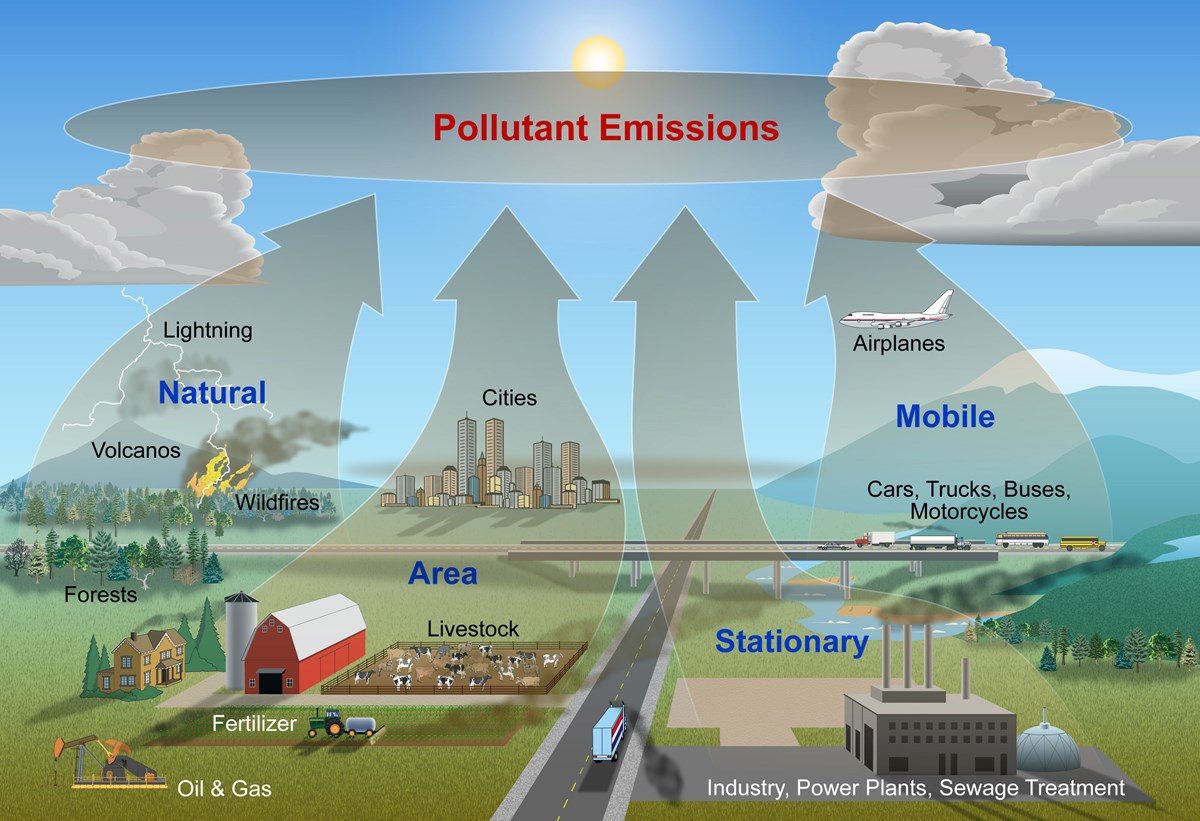
Where Does Air Pollution Come From? Air (U.S. National Park Service)
THERMAL POLLUTION. Thermal pollution is the addition of heat to a cool environment, and it is caused by water or air used as cooling fluids in power plants and manufacturing that becomes heated in the process. Heated cooling water from power plants may be 15 ˚C (27 ˚F) hotter than lake or stream water, which increases metabolic rates in.

Pin by Nathan Hoffman on Soil Pollution Industrial waste, Oil industry, Power plant
Air Pollution Includes Gases and Particles. Air pollution consists of gas and particle contaminants that are present in the atmosphere. Gaseous pollutants include sulfur dioxide (SO 2), oxides of nitrogen (NO x), ozone (O 3), carbon monoxide (CO), volatile organic compounds (VOCs), certain toxic air pollutants and some gaseous forms of metals.Particle pollution (PM 2.5 and PM 10) includes a.

Atmospheric Pollution Study material for IIT JEE askIITians
Pollution is a negative externality. Economists illustrate the social costs of production with a demand and supply diagram. The social costs include the private costs of production incurred by the company and the external costs of pollution that are passed on to society. The diagram below shows the demand and supply for manufacturing refrigerators.
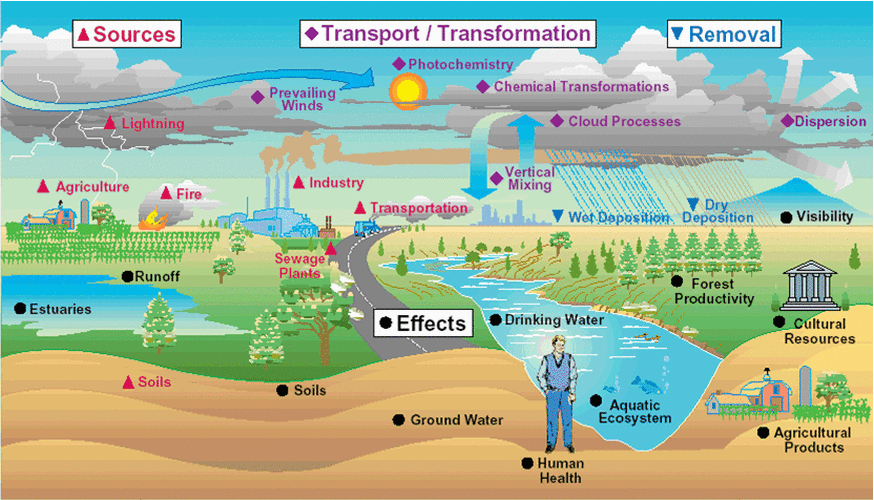
What is Pollution! Green Revolution NGOPollution
Monitoring Pollutants: 23 Instruments (With Diagram) Article shared by : This article throws light upon the top twenty-three instruments used for monitoring pollutants. Some of the instruments are: 1. Computerized Gas Chromatography or Digital Chromatography 2. Computerized Mass Spectrometry 3. Computerized N.M.R. Spectroscopy 4.

{LaB} » Sources of Pollution
In this and the next study session we will look more closely at pollution. In this session you will learn about the different types and sources of pollution and the various human activities that can cause pollution. We will also describe the ways pollution can affect different sectors of the environment: water, air and soil.

FileHealth effects of pollution.png Wikipedia
Pollution and Pollutants. Pollution is any unfavorable alteration in the physical, chemical, or biological characteristics of our environment, including the air, water, and soil, that may or will have a negative impact on people or other species as well as the life support systems of our biosphere. Pollutants can be natural, such as volcanic.
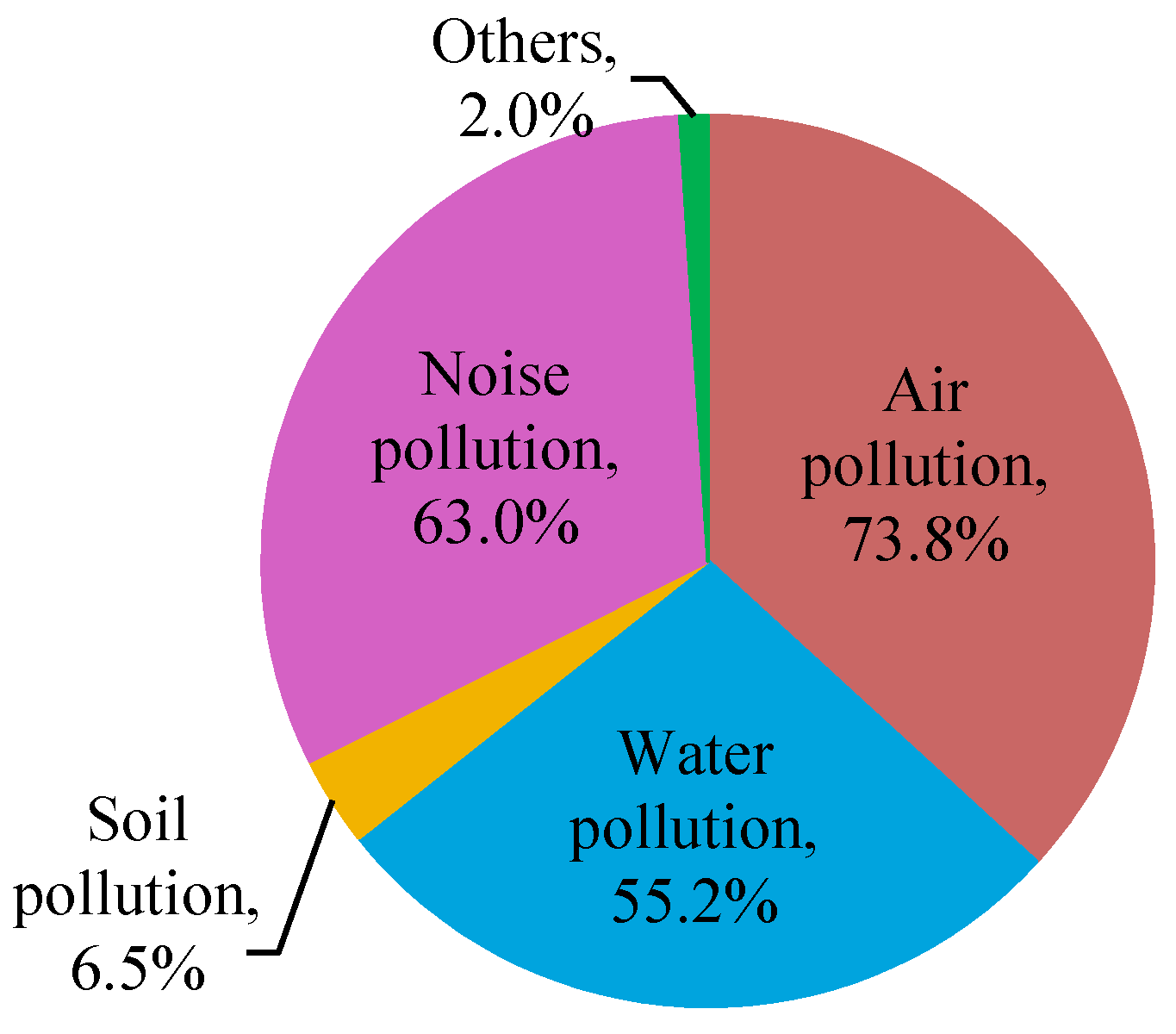
What Is Environmental Pollution Environmental Pollution Mapa Mental North carolina division
Broadly, environmental pollution consists of six basic types of pollution, i.e. air, water, land, soil, noise, and light. When people think of environmental pollution, most focus on fossil fuel and carbon emissions, but there are different contributing factors. Chemical pollution in bodies of water contributes to illnesses.
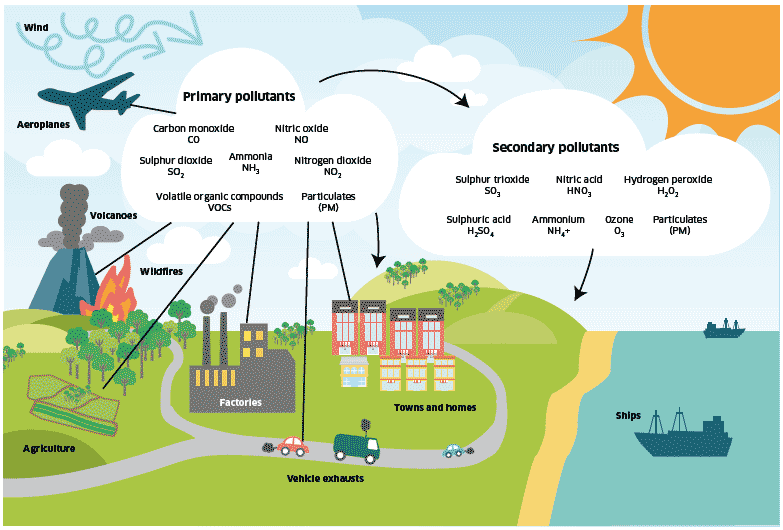
3. Setting the Scene Cleaner air for Scotland the road to a healthier future gov.scot
Air pollution, release into the atmosphere of various gases, finely divided solids, or finely dispersed liquid aerosols at rates that exceed the natural capacity of the environment to dissipate and dilute or absorb them. High concentrations can cause undesirable health, economic, or aesthetic effects.
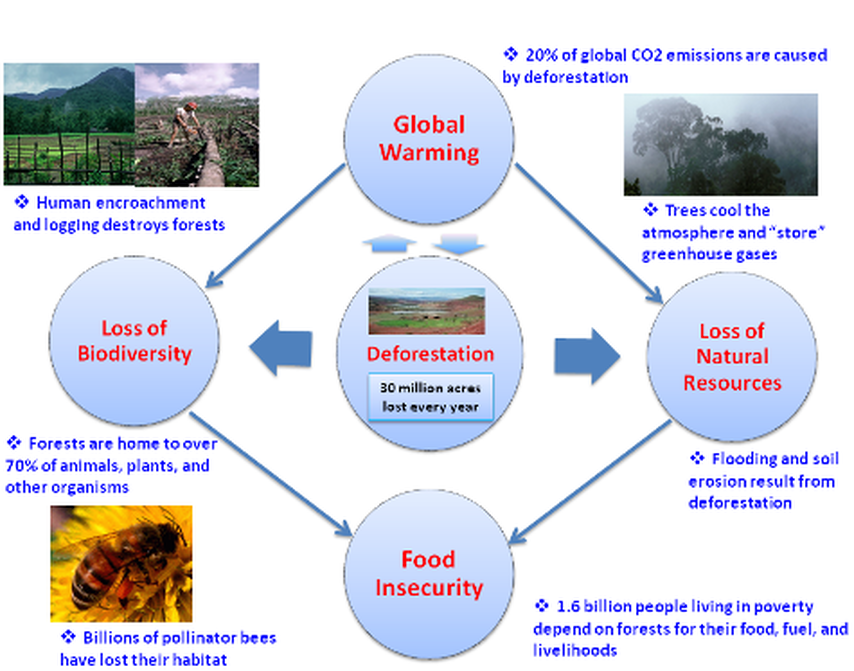
Entertainment Diagrams
Environmental Pollution — Sources and Nature: Man lives in two worlds—a natural world of the native environment and a built-world created by himself. The built-world, an outcome of the advances made in the science and technology, is associated with environmental pollution. Environmental pollution is a global phenomenon, and therefore a.
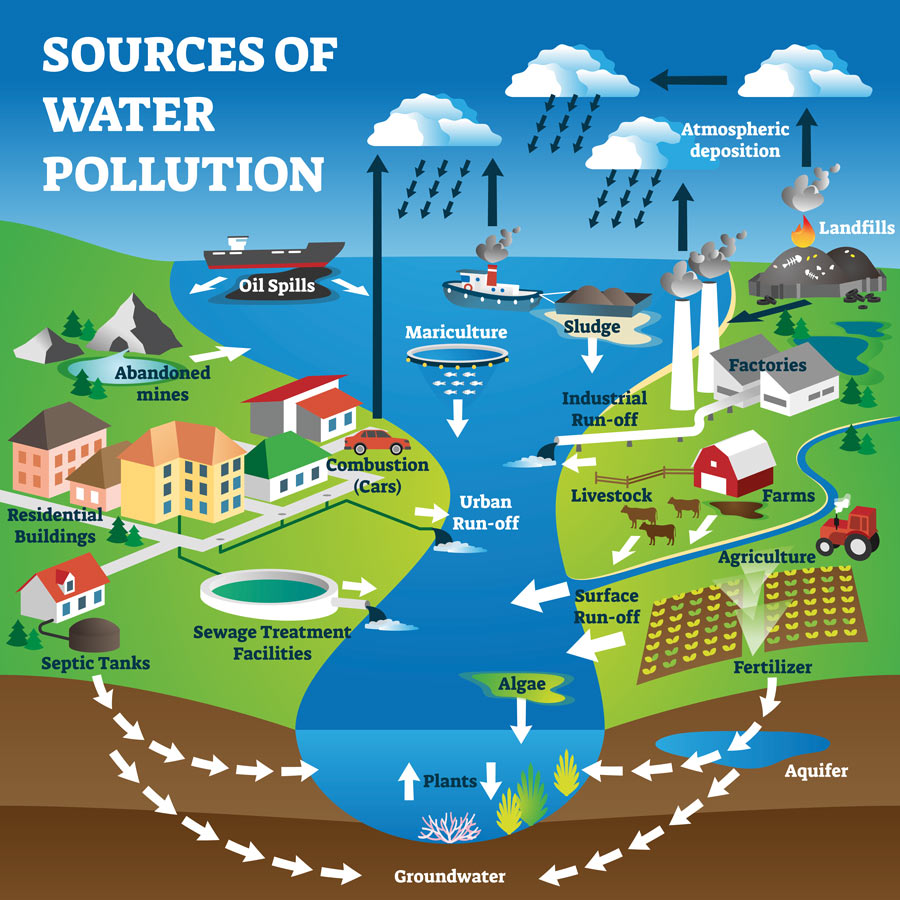
Solving soil and groundwater contamination Research Outreach
Over the course of the twentieth century, growing recognition of the environmental and public health impacts associated with anthropogenic activities (discussed in the chapter Environmental Health Hazards) has prompted the development and application of methods and technologies to reduce the effects of pollution.In this context, governments have adopted regulatory and other policy measures.
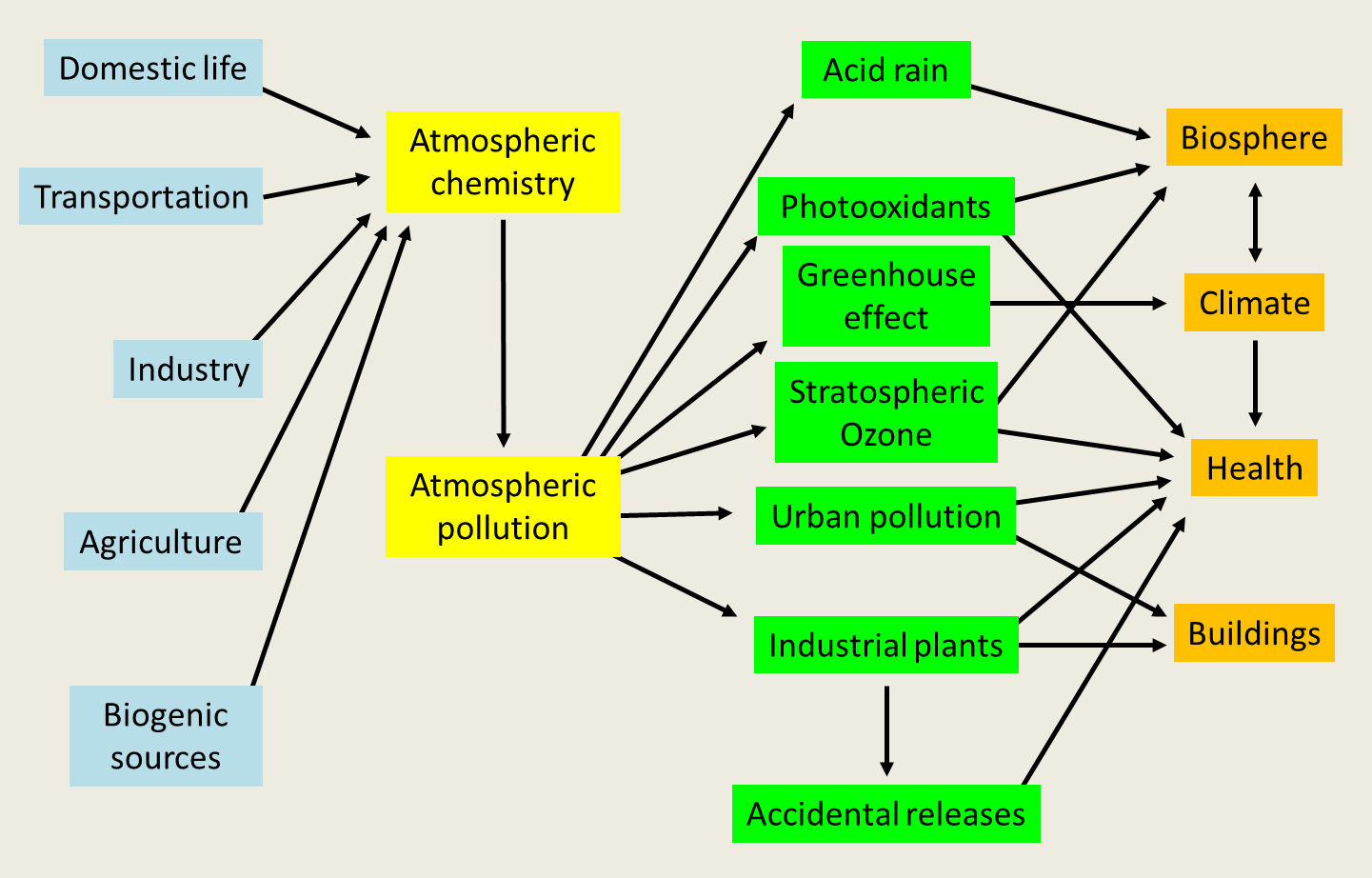
Air pollution Encyclopedia of the Environment
1,218 water pollution diagram stock photos, 3D objects, vectors, and illustrations are available royalty-free. See water pollution diagram stock video clips Filters All images Photos Vectors Illustrations 3D Objects Sort by Popular Sources of water pollution as freshwater contamination causes.

Types of Pollution Pollution Video Compilation Pollution Video YouTube Types of
Easy Environmental Pollution Drawing Step By Step Come on friends, this time we will draw a picture of environmental pollution. Here are some easy and simple steps to draw a picture of pollution. Requirement Materials : Here are the materials we need for the Easy Pollution Drawing. White paper Pencil Pencil sharpener Eraser Color Box Tissue paper

Lesson 6.04 Air Pollution
water pollution, the release of substances into subsurface groundwater or into lakes, streams, rivers, estuaries, and oceans to the point where the substances interfere with beneficial use of the water or with the natural functioning of ecosystems. In addition to the release of substances, such as chemicals, trash, or microorganisms, water.

There are four main types of air pollution sources including natural,... Download Scientific
The concept of monitoring of air quality by plants is a well-established fact. The plants used for this purpose are termed indicator plants. It is known that some plants are very sensitive to air pollutants; they are thus used as indicator species for bio monitoring of air quality. In recent years, increasing efforts are being made to use.
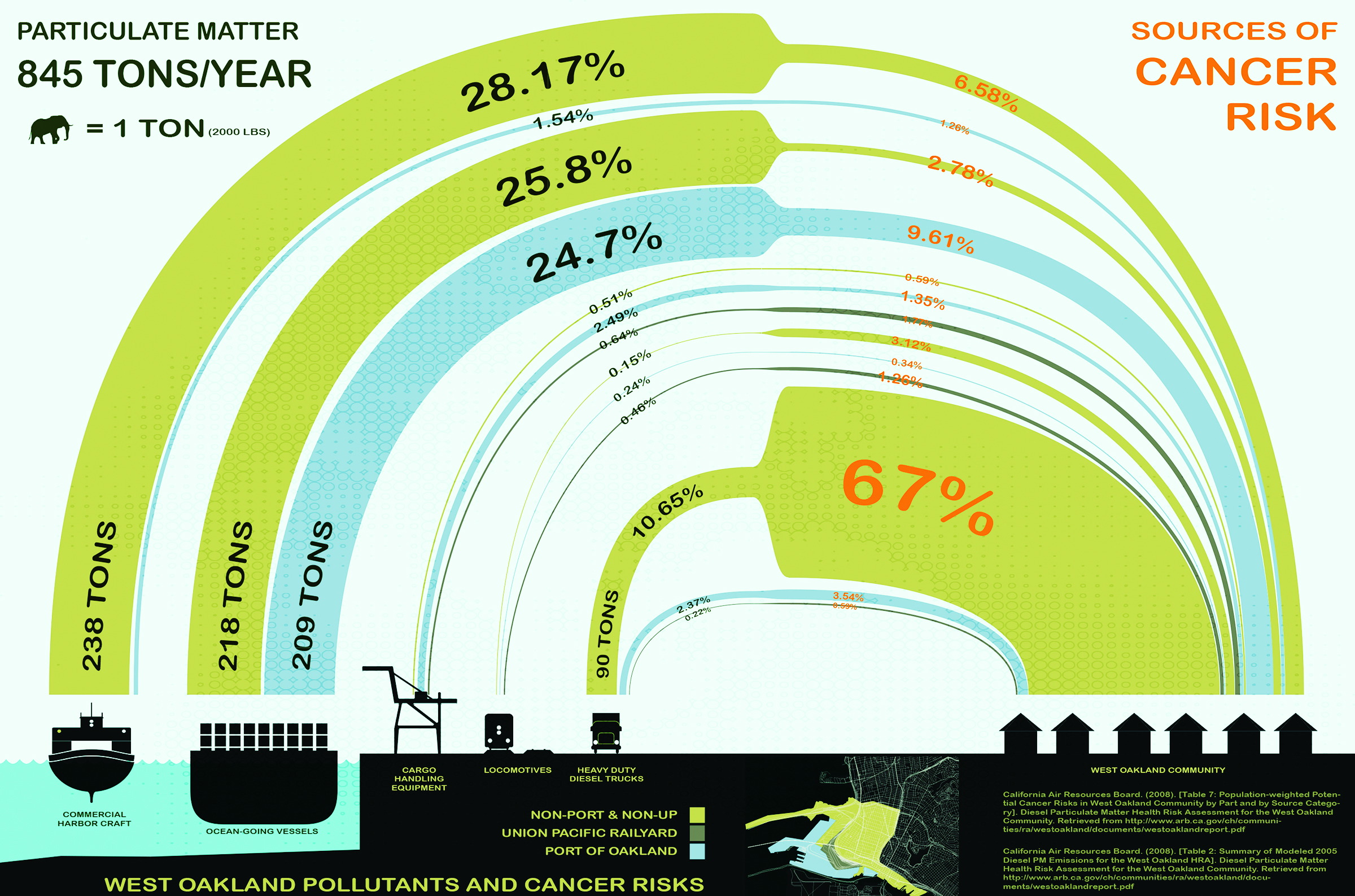
Building Breathable Neighborhoods Bay Area Monitor
Pollution is defined as the introduction of harmful contaminants into the environment that negatively alters our surroundings. The widespread prevalence of environmental pollution began with the.
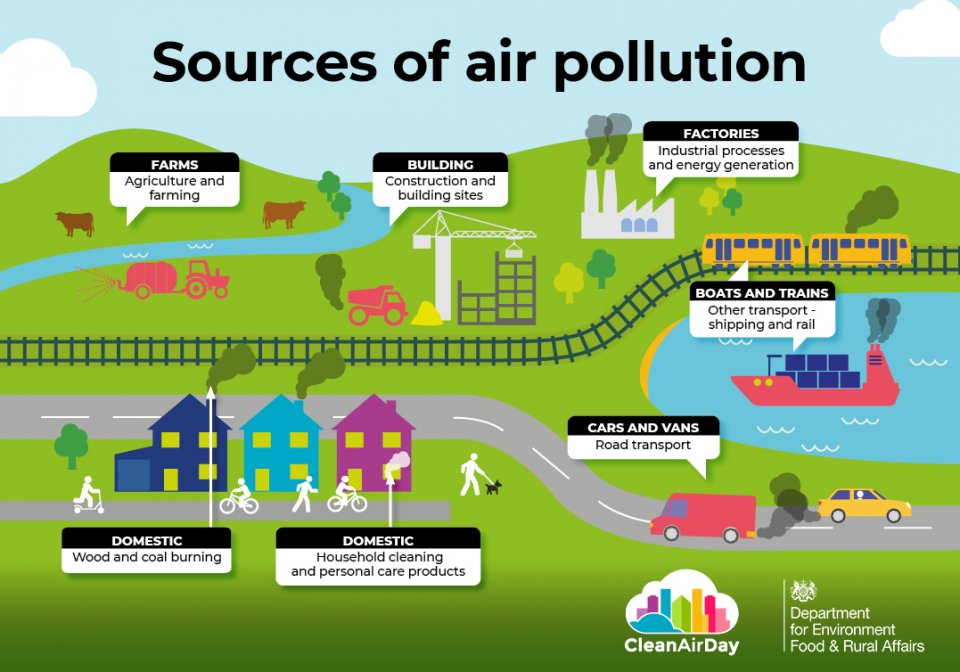
Clean Air Hub The Basic Facts Where does air pollution come from?
Air Pollution Our overview on both indoor and outdoor air pollution. By Hannah Ritchie and Max Roser This article was first published in October 2017; last revised in January 2021. Air pollution is one of the world's largest health and environmental problems. It develops in two contexts: indoor (household) air pollution and outdoor air pollution.